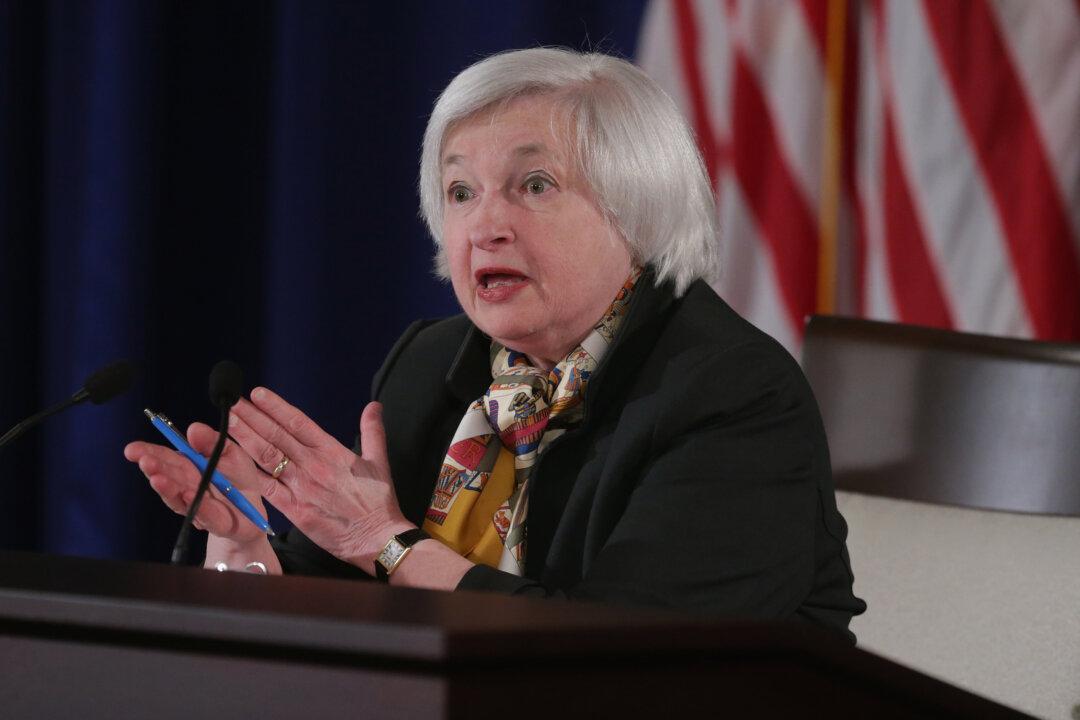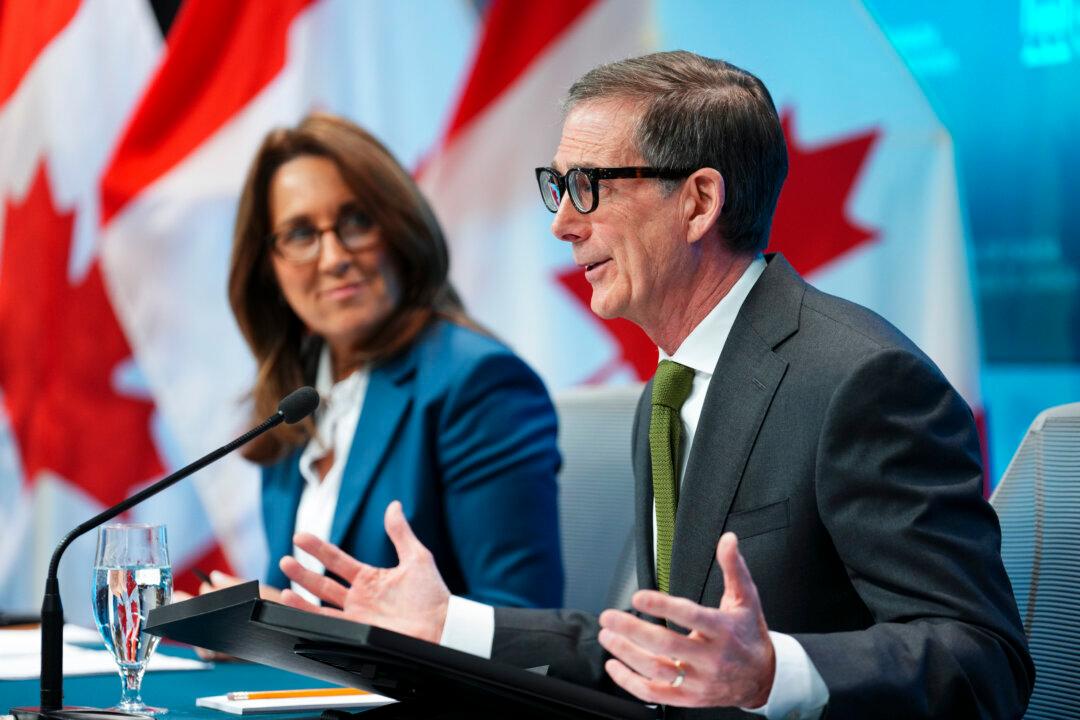A dovish Federal Reserve downgraded its assessment of the U.S. economy on Wednesday, March 18, but signalled that it could start raising rates as early as June. Gone is the word “patient” from the statement, but the Fed sees the federal funds rate in future years being notably lower than it projected in December.
In response, U.S. equity markets gained on average 1.5 percent and the TSX gained 0.7 percent. The U.S. dollar index had weakened by over 2 percent at the close of equity trading. The Canadian dollar gained about a cent to US$0.796. A big gainer among major currencies was the euro, which rallied 2.5 percent.
Given the dynamic of lower future fed funds rates, yields in the U.S. fell by roughly 0.05 percent to 0.10 percent for two-year to 10-year bonds respectively. The fall in Canadian bond yields was more muted at roughly 0.02 percent.
The market reaction is one of “bad news is good news” in that growth and inflation are showing signs of weakness and therefore the Fed now sees lower interest rates, as compared to December’s projections, over the next few years, which, in turn, boosted stocks, bonds, and even oil (West Texas Intermediate rose by US$2 a barrel). This dynamic also weakened the strong U.S. dollar, a factor keeping a lid on inflation and export growth, the latter being explicitly mentioned in the statement.
Rates to Rise
Federal Reserve chair Janet Yellen said at her press conference that the removal of the word “patient,” “doesn’t mean we’re going to be impatient.”
She reiterated that the Federal Open Market Committee (FOMC) doesn’t have a set date in mind for the first increase in the target range for the fed funds rate and that incoming information will drive its future decisions on a meeting-to-meeting basis. This is all part of the normalization of monetary policy.
The FOMC statement said, “an increase in the target range for the federal funds rate remains unlikely at the April FOMC meeting.”





